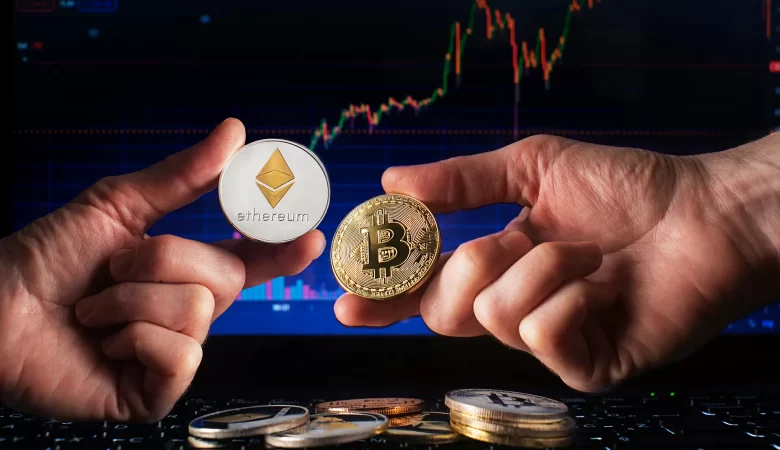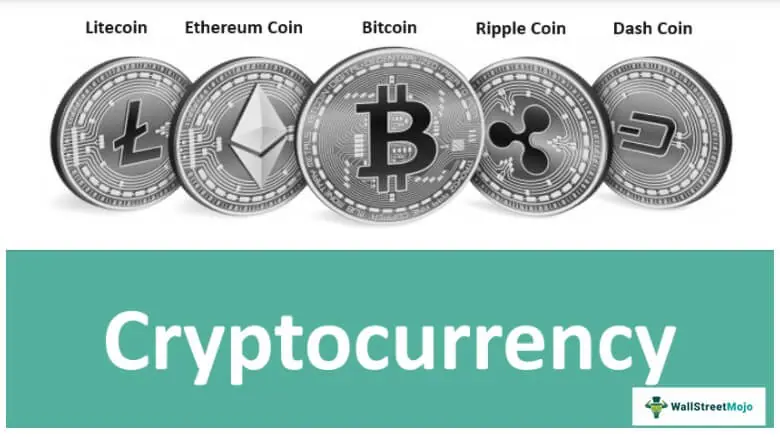In the conversation he had with Vassilis Pazopoulos, he explains to what extent automated trading helps the trader, what are the conditions that ensure profitability and who can use it. He explains why Bitcoin is the Internet of Money and why we should move fast before the train of opportunity misses out.
Proper risk management separates the winner from the one the market throws out, claims Michalis Migos. You don’t even need to have more profitable than losing trades. Successful is whoever manages, when the conditions become bad, not to lose much. Also, due to the new legislation in the EU, the investor is required to adapt to the new data.
More about the Complete Cryptocurrency Education Program can be found on the website of the Institute of Digital Finance
What Is an Automated Trading System?
Automated trading systems — also referred to as mechanical trading systems, algorithmic trading, automated trading or system trading — allow traders to establish specific rules for both trade entries and exits that, once programmed, can be automatically executed via a computer. In fact, various platforms report 70% to 80% or more of shares traded on U.S. stock exchanges come from automatic trading systems.1
Traders and investors can turn precise entry, exit, and money management rules into automated trading systems that allow computers to execute and monitor the trades. One of the biggest attractions of strategy automation is that it can take some of the emotion out of trading since trades are automatically placed once certain criteria are met.
The trade entry and exit rules can be based on simple conditions such as a moving average crossover or they can be complicated strategies that require a comprehensive understanding of the programming language specific to the user’s trading platform. They can also be based on the expertise of a qualified programmer.
Establishing Trading “Rules”
Some trading platforms have strategy-building “wizards” that allow users to make selections from a list of commonly available technical indicators to build a set of rules that can then be automatically traded. The user could establish, for example, that a long position trade will be entered once the 50-day moving average crosses above the 200-day moving average on a five-minute chart of a particular trading instrument. Users can also input the type of order (market or limit, for instance) and when the trade will be triggered (for example, at the close of the bar or open of the next bar), or use the platform’s default inputs.
Many traders, however, choose to program their own custom indicators and strategies. They will often work closely with the programmer to develop the system. While this typically requires more effort than using the platform’s wizard, it allows a much greater degree of flexibility, and the results can be more rewarding. Just like anything else in the trading world, there is, unfortunately, no perfect investment strategy that will guarantee success.
Once the rules have been established, the computer can monitor the markets to find buy or sell opportunities based on the trading strategy’s specifications. Depending on the specific rules, as soon as a trade is entered, any orders for protective stop losses, trailing stops and profit targets will be automatically generated. In fast-moving markets, this instantaneous order entry can mean the difference between a small loss and a catastrophic loss in the event the trade moves against the trader.





